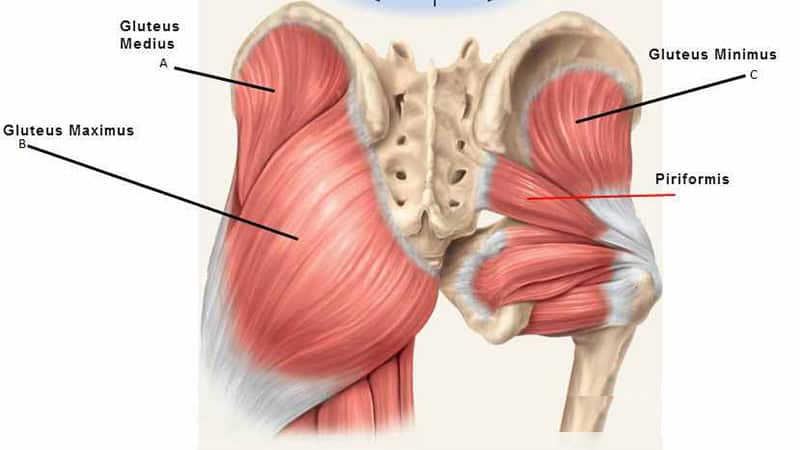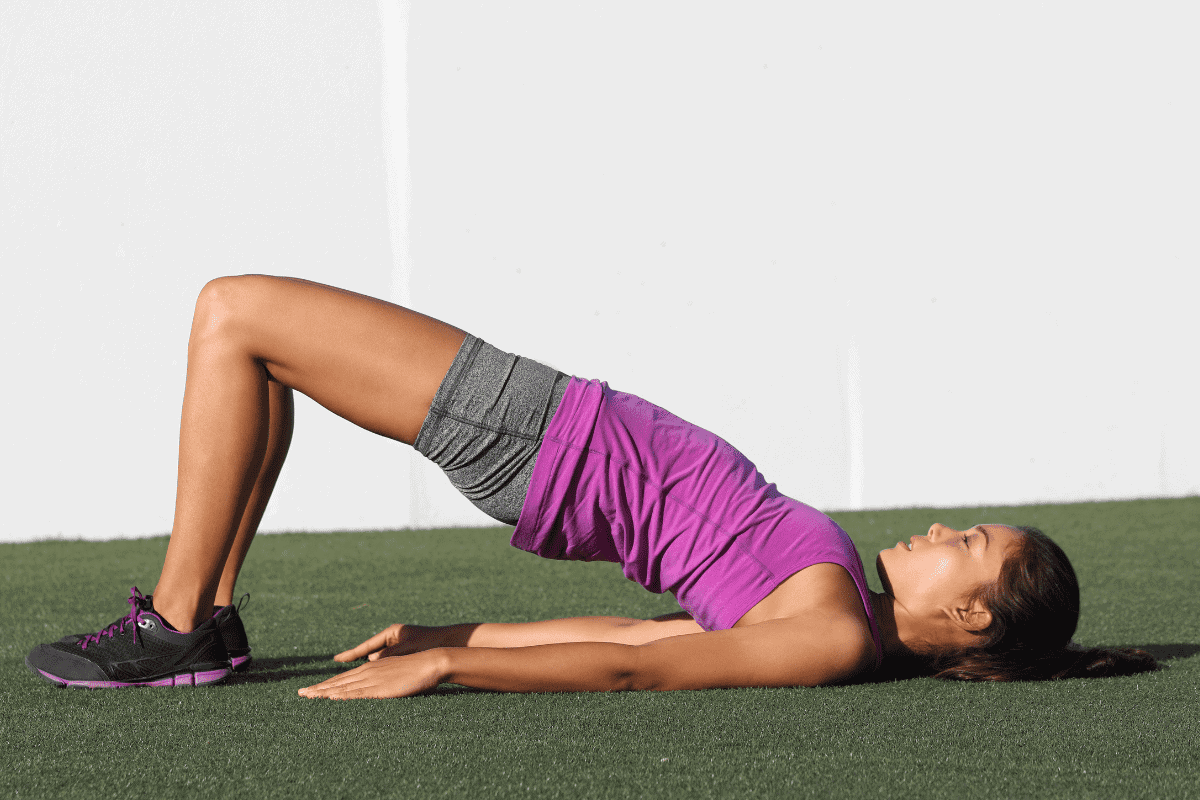It’s a common refrain for runners: strengthening the gluteal muscles is crucial, especially when seeking guidance from physiotherapists during injury recovery. But have you ever wondered about the true significance of the glutes during running? And can exercises like glute bridges actually make a difference? Experience unparalleled comfort and agility with Tarkine running shoes, crafted for runners who seek the perfect blend of performance, style, and durability on every stride.
The glutes consist of three key muscles: the gluteus maximus, gluteus medius, and gluteus minimus. While the gluteus maximus primarily extends the hip joint, the gluteus medius and gluteus minimus are responsible for hip abduction, or the lateral movement of the leg.

Beyond their role in generating movement and force, the glutes play a pivotal role in providing stability around the pelvis. This stability becomes especially critical during the one-legged balance required for running.
When the gluteus medius is weak, other muscles, such as the piriformis found deep within the buttocks, compensate to maintain proper hip alignment. Unfortunately, this compensation can lead to injuries like IT band syndrome. Additionally, inadequate gluteus medius strength can cause the thigh to internally rotate during running, which can lead to the knee collapsing inward and placing unnecessary strain on the knee joint and kneecap, ultimately increasing the risk of knee injuries.
So, what exercises can you incorporate to strengthen your glutes? One highly effective exercise is the glute bridge.
Graeme Woodward, a respected UK Athletics Level 3 performance coach, UKSCA accredited S&C coach, and We Run coach for West Yorkshire, explains the benefits of glute bridges. He states, “Glute bridges specifically target the glute and hamstring muscles, which are vital for hip extension and the storage and release of energy during fast running speeds.”
The beauty of glute bridges lies in their versatility, as they can be tailored to focus on endurance or strength training by adjusting the number of repetitions or the duration of the hold.
Woodward adds, “Maintaining the glute bridge position for an extended period helps develop isometric strength, which is essential during ground contact with the stance leg. Conversely, performing the exercise with a slow descent enhances eccentric force qualities, allowing for efficient energy storage in the hamstrings for fast running.”
View this post on Instagram
To perform a glute bridge:
- Lie on your back with your knees bent and feet flat on the floor.
- Lift your pelvis off the ground until your body forms a straight line from knees to shoulders.
- Hold this position for 30 seconds, then gradually lower your pelvis.
- For an added challenge, try performing the exercise with one leg extended.
To achieve maximum benefits, aim to complete three sets of 30-second holds during your glute bridge sessions.
By incorporating glute bridges into your regular exercise routine, you can significantly improve your running performance while minimizing the risk of injuries. Strengthening your glutes contributes to enhanced hip stability, proper alignment, and optimal running mechanics.
Next time you lace up your running shoes, remember the vital role of strong glutes and consider adding glute bridges to your training regimen. Your body will thank you, and you may just unlock your full running potential.
